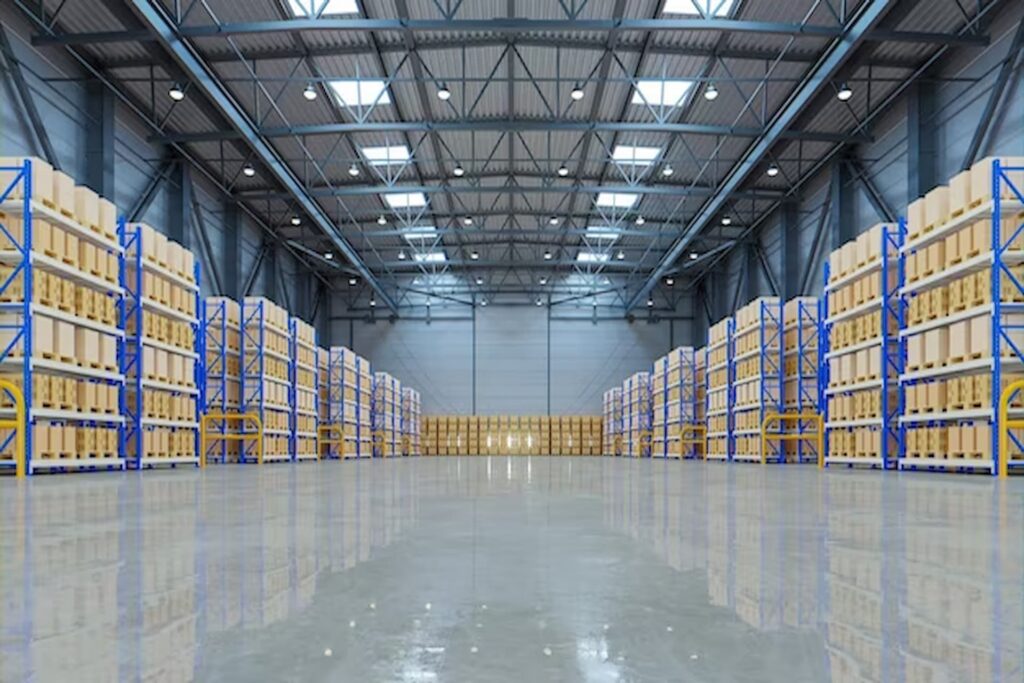As winter’s icy grip tightens, the construction and rail sectors face unique challenges in maintaining efficient operations.
Effective warehouse storage becomes a linchpin in ensuring that these industries can weather the winter storms without compromising productivity.
In this blog post, the experts at Hammond Transport, leading specialists for storage in Essex, will explore the importance of winter warehousing for the construction and rail sectors, focusing on strategies to safeguard materials, equipment, and overall operational efficiency during the chilly months.
The Challenges of Winter in Construction and Rail
Temperature Sensitivity of Materials
Many construction materials and rail components are sensitive to temperature fluctuations.
The cold can affect the structural integrity of certain materials, making them brittle and prone to breakage.
Ensuring proper storage conditions is essential to prevent winter-induced damage.
Equipment Preservation
Construction and rail sectors heavily rely on specialised equipment, much of which is susceptible to the harsh effects of winter. From heavy machinery to sensitive electronic components, the cold can lead to malfunctions, increased wear, and operational downtime.
Adequate warehousing is crucial for protecting these valuable assets.
Operational Delays
Winter weather, with its snow, ice, and freezing temperatures, can lead to operational delays in the construction and rail sectors.
Unprotected materials and equipment may be rendered unusable or require extensive maintenance, causing setbacks in project timelines and rail schedules.
The Importance of Effective Warehouse Storage
Temperature-Controlled Warehousing
The cornerstone of effective winter storage lies in temperature control. Investing in temperature-controlled warehouses ensures that materials and equipment are shielded from extreme cold.
This not only safeguards their integrity but also minimises the risk of costly damage and delays.
Proper Material Stacking and Shelving
The way materials are stored within a warehouse can significantly impact their resilience to winter conditions.
Proper stacking and shelving practices ensure that materials are off the ground, preventing them from absorbing moisture. Additionally, strategic placement minimises the risk of damage caused by falling snow or ice.
Strategic Equipment Placement
Heavy machinery and equipment should be strategically placed within the warehouse to shield them from the elements.
This includes avoiding direct exposure to doors or windows where drafts and cold air can seep in. Creating designated areas for specific types of equipment enhances organisation and accessibility.
Insulation and Ventilation
Insulating warehouse facilities is a proactive measure to maintain a stable internal temperature. Adequate insulation prevents heat loss and keeps the cold at bay.
Additionally, proper ventilation is essential to control humidity levels, preventing the buildup of moisture that could lead to corrosion and other damage.
Regular Maintenance Checks
Winter storage is not a set-it-and-forget-it scenario. Regular maintenance checks on both materials and equipment are vital.
This includes inspecting for signs of damage, ensuring that temperature control systems are functioning optimally, and addressing any issues promptly to avoid escalation.
By working with specialist storage providers such as Hammond Transport, you can ensure that someone is always keeping an eye on your goods and equipment.
Effective warehouse storage is a non-negotiable aspect of winter preparedness for the construction and rail sectors.
By prioritising temperature control, strategic placement of materials and equipment, and regular maintenance checks, these industries can navigate the challenges posed by winter weather.
The investment in winter warehousing with specialists such as Hammond Transport, not only safeguards valuable assets but also ensures that projects stay on track and rail services run smoothly, even in the face of frosty adversity.
As the snow falls and temperatures drop, the wisdom of winter warehousing becomes a beacon guiding the construction and rail sectors through the season with resilience and efficiency.

